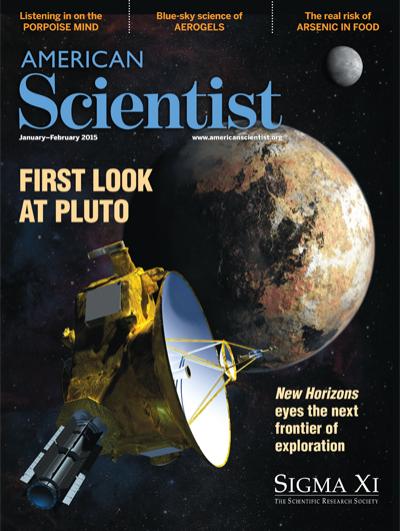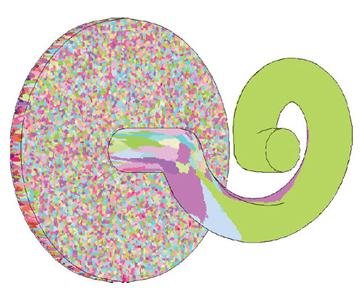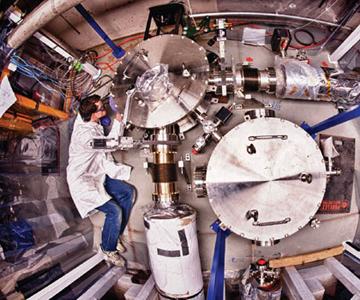Magazine
January-February 2015

January-February 2015
Volume: 103 Number: 1
Visualizing the upcoming passage of the New Horizons spacecraft past Pluto and its large satellite Charon necessarily involved a lot of educated guesswork. Pluto is so small (about 2,360 kilometers in diameter) and so distant (currently 4.9 billion kilometers away) that it is impossible to image directly from Earth. Artist Steve Gribben at Johns Hopkins University had to rely on sparse visual data from the Hubble Space Telescope and consultations with members of the New Horizons team to guide the colors and and surface features seen on the cover. As mission scientist S. Alan Stern explains in “Journey to the Solar System’s Third Zone,” the Pluto flyby will offer a first look not just at this one unexplored world but at an entire class of intriguing, poorly understood bodies orbiting the Sun beyond Neptune. (Image courtesy of NASA/Johns Hopkins University Applied Physics Laboratory/Southwest Research Institute/Steve Gribben.)
In This Issue
- Art
- Astronomy
- Biology
- Chemistry
- Communications
- Computer
- Engineering
- Environment
- Ethics
- Evolution
- Mathematics
- Medicine
- Physics
- Policy
- Psychology
- Sociology
- Technology
Journey to the Solar System's Third Zone
S. Alan Stern
Astronomy
When New Horizons reaches Pluto in July, it will close one era of space exploration and open an exciting new one.
The Acoustic World of Harbor Porpoises
Magnus Wahlberg, Meike Linnenschmidt, Peter Madsen, Danuta Wisniewska, Lee Miller
Biology Environment Physics
New research gives a clearer picture of how this specialized mammal perceives its underwater environment.
When the Cause of Stroke Is Cryptic
David Kent, David Thaler
Medicine
Identifying the reason for a stroke can help doctors avert future ones; if the cause remains unknown, mathematics may point toward a probabilistic answer.
Like Holding a Piece of Sky
Mark Miodownik
Engineering Physics Technology
Aerogels are the lightest solids in existence. Despite that trait, their complex internal structure makes them strong and exceptional insulators.









